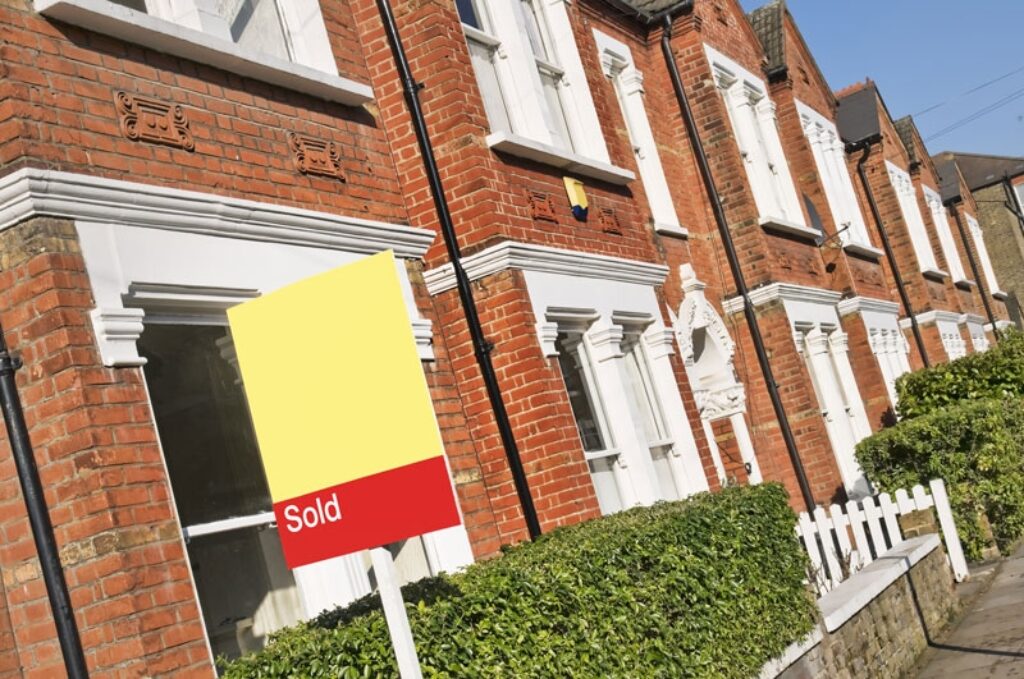UK house prices fell by 0.1% on average in the year to September, the first annual fall in property values recorded by the Office for National Statistics (ONS) since April 2012.
The slight fall in house prices, which compares to a 0.8% annual rise in August, means the average price tag of a UK home stands at £291,000.
UK house price annual inflation has been generally slowing since July 2022, when annual inflation was 13.8%.
On a monthly basis, house prices decreased by 0.5% in September following a month-on-month increase of 0.7% in August.
Both Nationwide and Halifax recently reported deeper price falls for the year to October of 3.3% and 3.2% respectively but recorded slight month-on-month rises.
Sales numbers under more pressure than prices
Housing market experts say that house price falls, while expected to continue, will be modest due to the affordability restrictions put in place after the financial crisis to stop homeowners from overborrowing.
Prices are also being buoyed by rises in income. Consequently, it is the number of sales that are expected to decline, estimated by Zoopla to be 1m this year against 1.5m in 2022, rather than a steep fall in house prices.
Nick Leeming, chairman of Jackson-Stops, said: “The relatively modest change in house prices in today’s ONS figures reflect a market driven by varying supply levels and increasingly needs-based buyers. Whilst house prices are continuing to adjust and settle into their new normal, it is clear there is a powerful undercurrent of resilience that keeps the market steady.
“Though the market is largely balanced, with wider analysis suggesting that the UK housing market will outperform forecasts this year, the pendulum continues to swing drastically across different areas of the country.”
UK’s patchwork performance
According to the estate agent, key commuter towns in October such as Oxted and smaller cities such as Norwich, Chelmsford and Truro saw an “unwavering level of interest” from buyers which outweighs the number of properties available to buy. This imbalance is helping to insulate homeowners in those areas from house price falls, said the agent.
The recent stabilisation of the Bank of England base rate, held at 5.25 per cent for the second month in a row, and a reduction in the pace of inflation to 4.6 per cent in October from 6.7 per cent in September are positive factors for the housing market over the longer term, says Karen Noye, mortgage expert at Quilter.
“This morning’s lower inflation figure spells good news for homeowners at least over the long term as lower inflation should hopefully mean that the Bank of England does not have to raise interest rates much further.
“However, the prevailing view is that interest rates will stay higher for longer causing the slump in buyer demand to be prolonged. At present, this has been coupled with sellers unwilling to put their properties on the market meaning that there does remain limited stock stopping any huge price crashes.
“But as more and more people find that their fixed rate mortgage deals coming to an end, push may come to shove and properties will have to be listed. A surge in stock at a time of limited demand will be bound to take the froth out of what has been a turbocharged market over the last few years.”
Noye added that when the Bank felt confident enough to start reducing interest rates we should see confidence return to the market.
